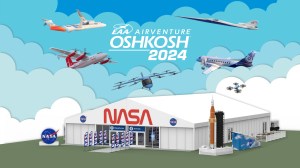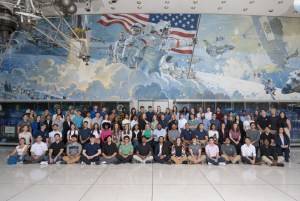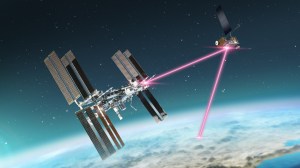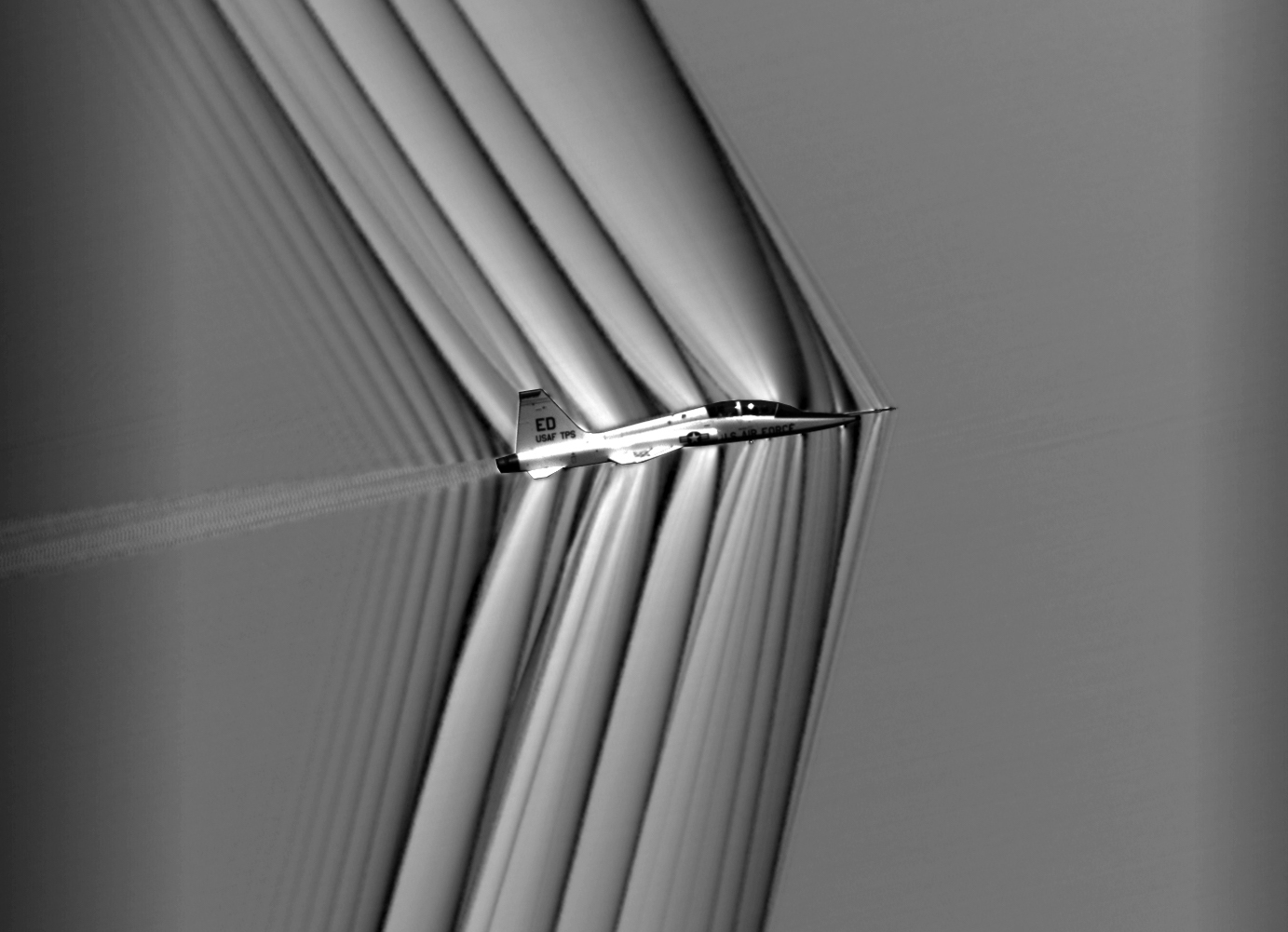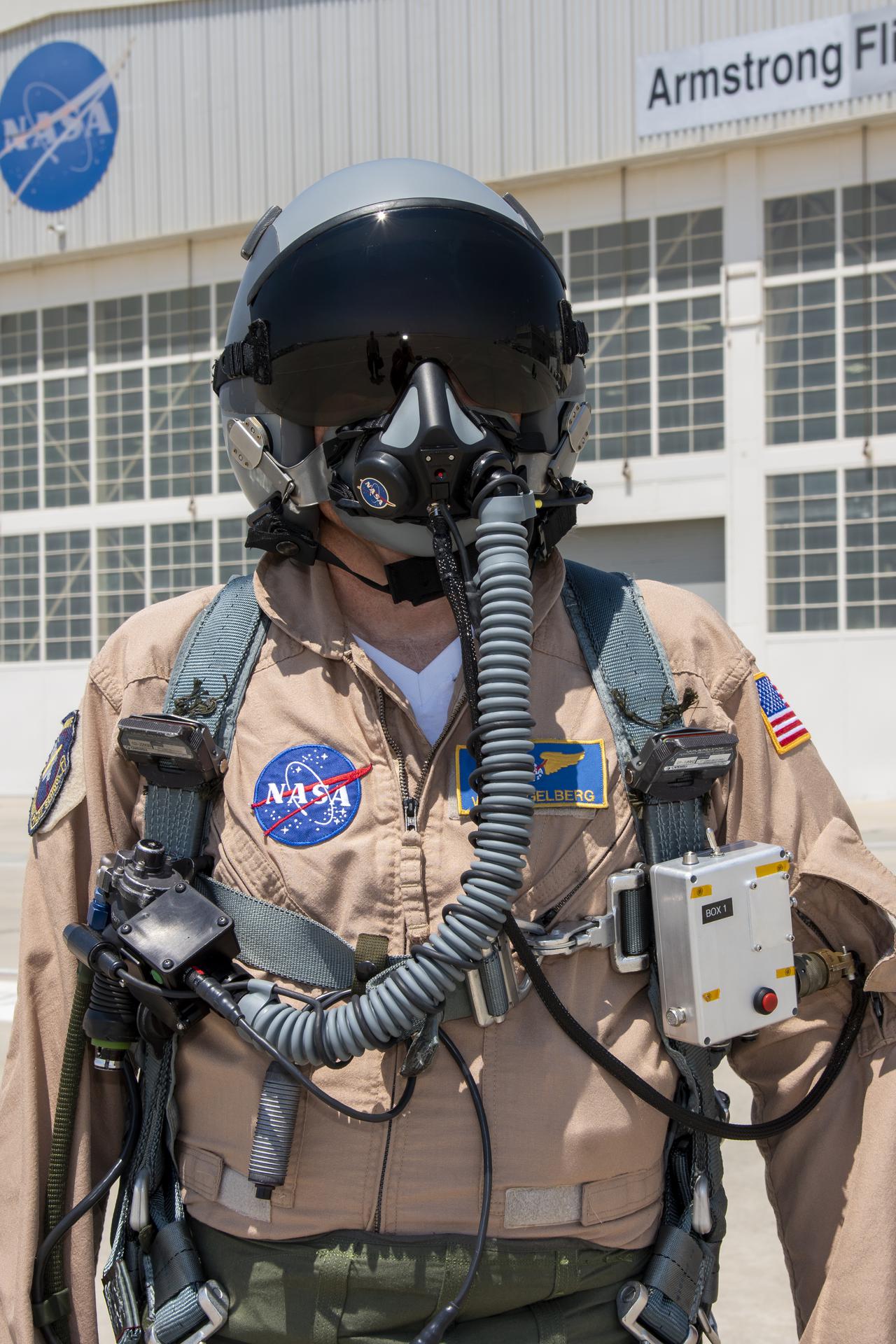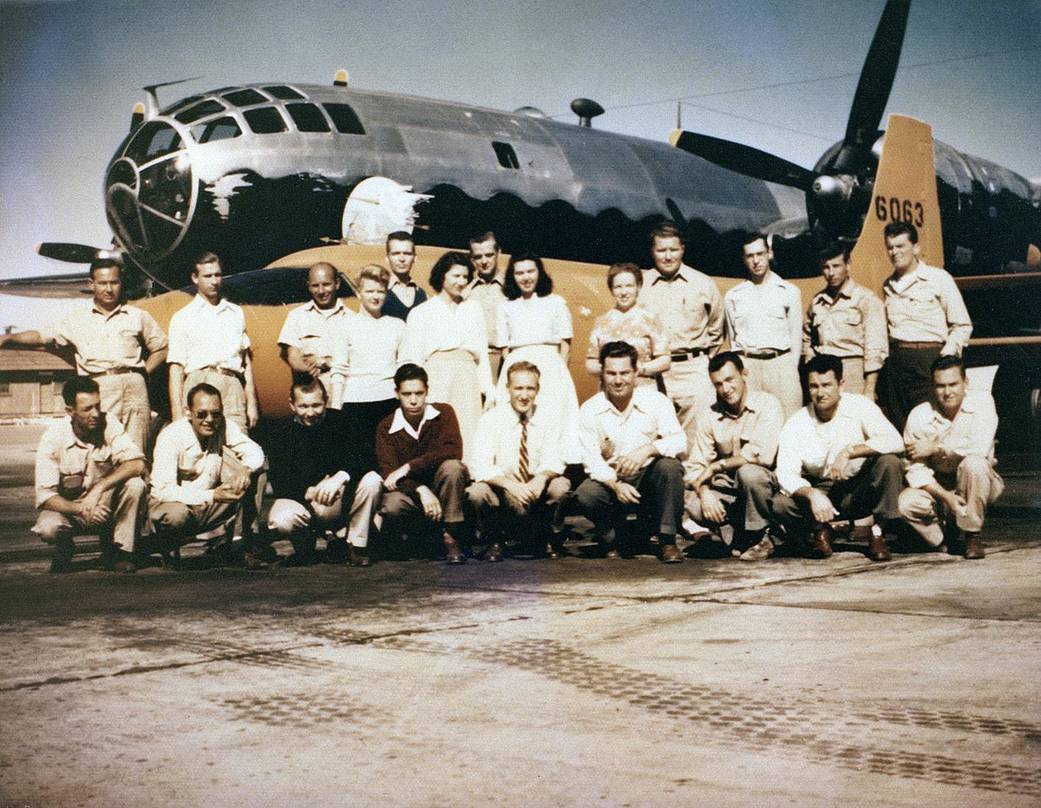Wind affects all aircraft, particularly during takeoff and landing. It’s especially critical for new types of transportation. A new NASA flight campaign studying wind aims to gather information to enhance air taxi safety.
Researchers measured wind at altitudes below 2,000 feet using drones, sensors, weather balloons, and other technology during the Advanced Exploration of Reliable Operation at Low Altitudes: Meteorology, Simulation and Technology campaign, based at NASA’s Armstrong Flight Research Center in Edwards, California.
The goal of this campaign is to fill knowledge gaps to resolve wind and weather unknowns that could hinder Advanced Air Mobility (AAM) flights. Armstrong is partnered with NASA’s Langley Research Center in Hampton, Virginia, on the work, which began July 20 and will run through August.
“Advanced conceptual planning for AAM vertiports require data collection tools to ensure safe operations,” said Grady Koch, the project’s principal investigator. “It would be great if weather input and the models could do everything, but there are unexpected variables. We have a unique opportunity to make those measurements for weather forecasting.”
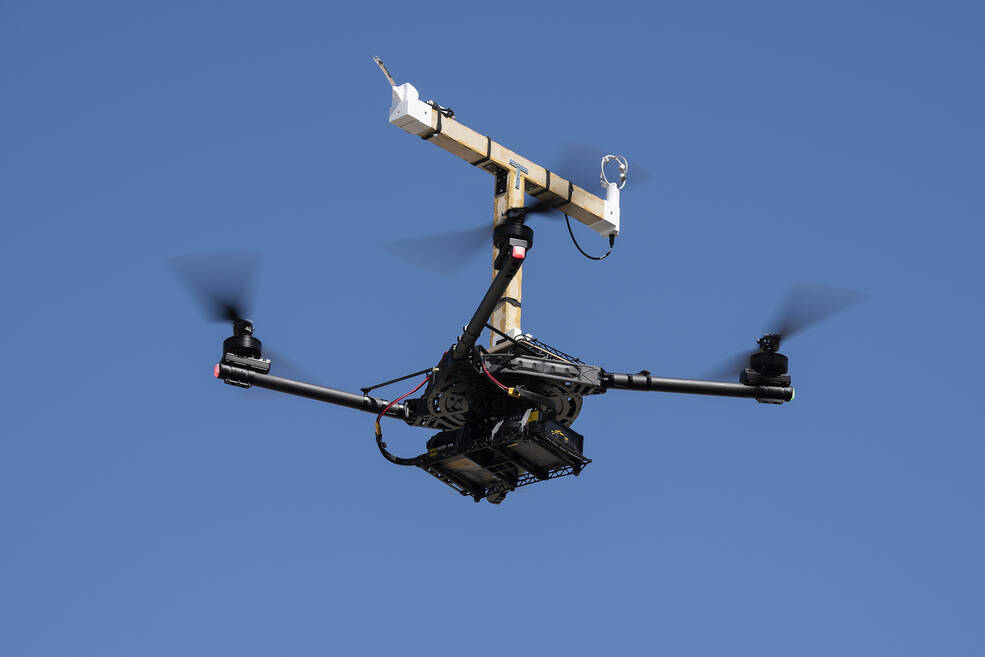
The campaign’s first flight was also the first mission for NASA Armstrong’s Alta-X quad rotor, remotely piloted drone. The Alta-X flew to predetermined altitudes and hovered while mounted sensors obtained data on temperature, pressure, relative humidity, and three-dimensional wind data. To simplify use of the sensors on Alta-X, the ground station is the same one meteorologists use.
“This multipurpose experiment tests new sensor technologies and makes a detailed study of wind flow around buildings” Koch said. “The ground-based support sensors include the cutting-edge ‘virtual tower concept’ where we have two lidar units that use lasers to measure airflow from the ground level to 2,000 feet.”
Six NASA Armstrong meteorologists were required to prepare and deploy the equipment, and complete weather forecasting, to make the field experiment possible.
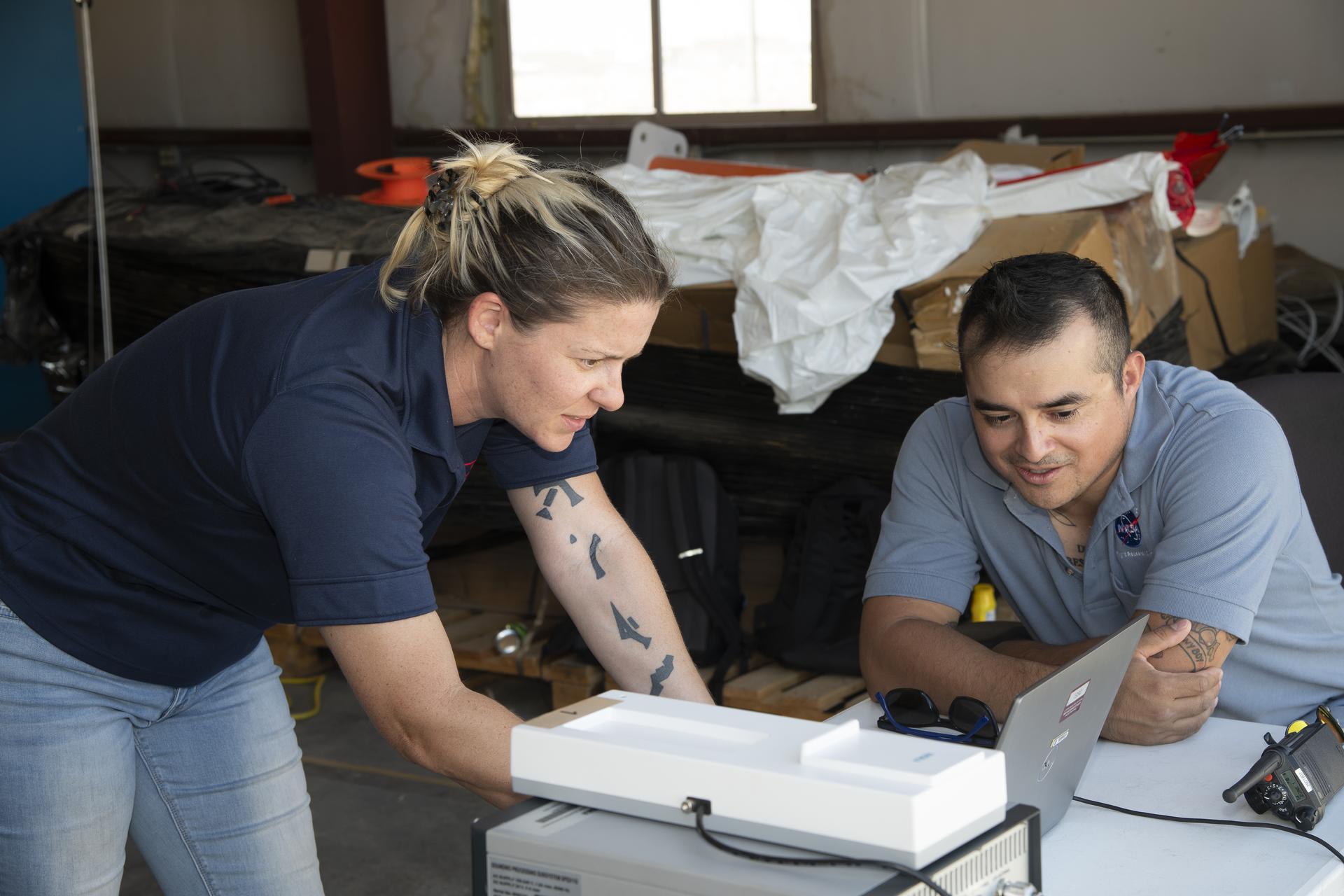
“It was full force for 11 weeks prior to the start of the experiment,” said co-investigator Luke Bard. “Preparation has been ongoing since about October 2022, when the weather team received some of the new equipment.”
A NASA Armstrong 140-foot tower outfitted with ultrasonic wind sensors and several smaller 10-foot weather stations sample the wind flows through the area for the data-gathering. Upwind of the test area, a sensor measures winds aloft by emitting sound pulses.
The researchers plan to use wind data to validate and improve new modeling techniques.

“Computational fluid dynamics is used for determining airflow on pretty small features like wings on airplanes, but for this work we are using it for a meteorological problem where you have very large complex structures,” Koch said. “The sensors are used to compare and validate those models.”
The wind campaign is part of NASA’s Convergent Aeronautics Solutions project under the Transformative Aeronautical Concepts Program, which invests in ideas leading to solutions for aviation and that impact safety, environmental and community impact, and the global growth in air traffic.
A gallery of wind study photos is here.


























